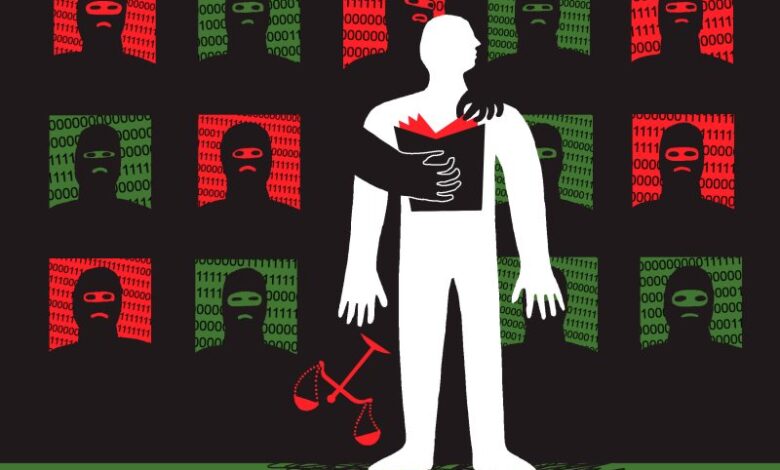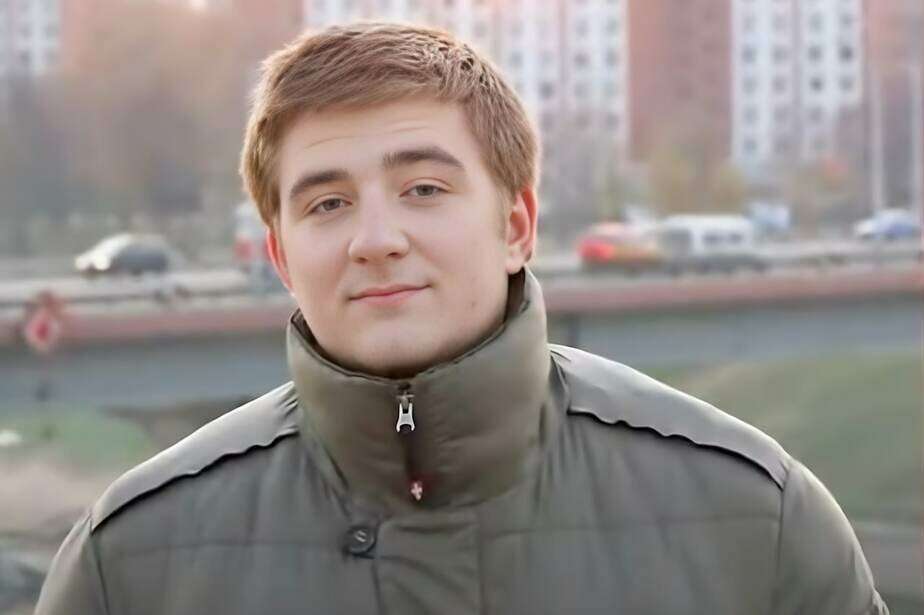Black Book of Belarus: What happened to detainees

A regime spy infiltrated The Black Book of Belarus project almost from the get-go. The authorities imprisoned at least 32 people upon his tip-off. Malanka Media examines the fate of the defendants in the case.
The Black Book of Belarus is a Telegram channel which published personal data of officials, police officers, judges and other cronies of the regime who were involved in election fraud, violence and repression of civilians.
The Black Book team found out nine months later that an undercover spy Artur Haiko had infiltrated the project. According to Belsat, he introduced himself as a security officer of Belgazprombank, but his identity was not confirmed, he did not show his face, and his real name was unknown. Haiko quickly made a name for himself in the initiative by providing personal details of members of a special police unit. He gained access to the initiative’s chatbot and the chat of the Infopoint media and blogger community, and eventually became the head of the Black Book of Belarus. A year later, the Cyber Partisans found out Haiko was personally responsible for the operation resulting in the arrest of the journalist Raman Pratasevich and his girlfriend Sofia Sapega after the hijacking of the Ryanair plane. Haiko also had access to a program that collected data from the Black Book’s informants inside Belarus.
 Undercover security officer Artur Haiko
Undercover security officer Artur Haiko
As a result, detentions in the case are still ongoing, and the human rights defenders from Viasna know of at least 32 Belarusians who were convicted due to leaks of personal data in the project. On average, they were given six years in prison, and some of them went through beatings and torture.

The first detainee is Artsiom Parkhamovich. He worked for a state-owned company that wires up the Internet and television. During a night shift, Artsiom searched for the personal data of the security officers in the company’s databases, and the next day he was arrested. Artsiom’s colleague Aliaksei Bychkouski was detained as well. His wife said in an interview he was also beaten. As a result, both were sent to a security penal colony for 11 years.
An employee of a Belarusian bank, Vasil was arrested only because he handed over the data of one of the main security officers, Mikalai Karpiankou, to the Black Book. Vasil’s ribs were broken, his head was shaved with a razor, “they did it messy, and in parts, so the hair сhunks were still all over his head”, “he was mocked”.
The security officers filmed former investigator Mikita Starazhenka. He had visible bruises on his face. His prison cellmate said that, after his arrest, he was “all blue: from the end of the spine and almost to the heels. He didn’t even have blue legs but dark purple ones. There were wounds on his face and head, and handcuff marks.”

The political prisoner, the IT specialist and street art artist known as Dima Dream (Dzmitry Podrez) was also beaten. Security officers broke into the IT specialist’s apartment on ropes through the window, broke down the door to the bathroom, handcuffed him, and took him naked to the room. The Viasna human rights defenders found out from his former cellmate about the beatings and mockery during the detention: “They ran into the bathroom, captured him and put him in the room. Handcuffs were put on his hands. The GUBAZiK agent Vysotski took a cast of a plaster hand from the shelf, pulled a condom on it and said: ‘Let’s insert it into his anus.'” When the artist was arrested, he was not even allowed to lock his apartment’s door. They told him: “Welcome to the Gestapo”, at the time of his arrest.

The administration of the Telegram channel was tried in absentia in Belarus. In May 2021, Russian citizen Sofia Sapega, and the former editor of the opposition media outlet NEXTA, Raman Pratasevich, were detained following the forced landing of a Ryanair flight in Minsk. Sophia was sentenced to six years for administering the Black Book of Belarus Telegram channel. She was released on a pardon in June 2023, following a 2-year imprisonment, and now resides outside of Belarus.